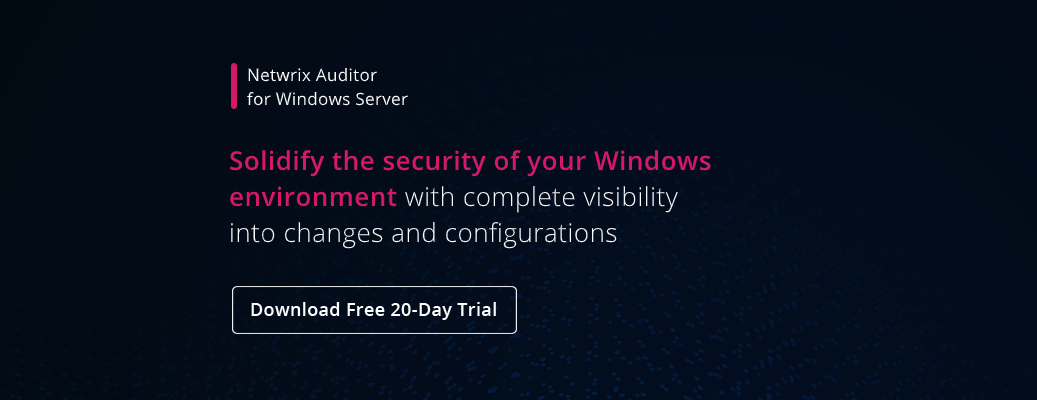Database Hardening Best Practices
In addition your data is at risk of being accidentally compromised. Never pass string values in the front-end application and be sure that all queries to the database are sanitized before being executed against the database.

5 Tips To Harden Your Os On Prem Or In The Cloud
Separate database servers and web servers.

Database hardening best practices. Public Role Permissions harden this as much as possible on user database leaving aside system databases 4. Operating System Hardening With endpoint attacks becoming exceedingly frequent and sophisticated more and more enterprises are following operating system hardening best practices such as those from the Center for Internet Security CIS to reduce attack surfaces. Implementing these security controls will help to prevent data loss.
Firewall - Limit access by IP address to only the servers clients that require access. In this article we cover some database security best practices that can help keep your databases safe from attackers. Command as user SYS.
This can sometimes compensate for exploitable vendor bugs. SQL revoke execute on HTTPUriType from public force. HTTPUriType This object type allows every user to do HTTP-request.
Create admin restrictions verify applications and users encrypt content enforce strong password protocols and remove extraneous accounts. To harden the database it is necessary to revoke some privileges from mighty object types. Harden your database to the fullest extent possible.
You should use properly configured stored procedures. User Privileges - When creating users always give the minimum amount of privileges and expand as needed. Remove all unneeded functions limit access as much as possible change default passwords and enforce strong authentication procedures.
Also try to avoid using wildcard for hosts and instead limit to the host that. Three main stages exist in hardening a database. NT AUTHORITYANONYMOUS LOGON must be removed.
Database Hardening Best Practices This checklist was developed by IST system administrators to provide guidance for securing databases storing sensitive or protected data. Best practices for physical security strictly limit access to the physical server and hardware components. So as I understand it database hardening is a process in which you remove the vulnerabilities that result from lax con-figuration options.
Run only MySQL on the Server - If possible run only MySQL on the server and remove any unused services. However how you go about this and the steps required to harden servers and databases can vary based on the platform youre using. They are much safer than direct dynamic SQL.
The best way to protect against these attacks is to parameterize every query sent to the database. Turn on node checking to verify applications and users. Here are some specific steps to take that will harden your MySQL server.
Locking down access to resources that can be misused. Use web application and database firewalls. 7 Database Security Best Practices Ensure physical database security.
Oracle Security Design and Hardening Support is a comprehensive database analysis and configuration offering designed to addressed security vulnerability by applying Oracle best practices and implementing Oracle Database security product sets processes a nd procedures. This can be used in SQL Injection attacks to transfer data out of the database. After the server has been hardened periodically asses the servers security using the MBSA Microsoft Baseline Security Analyzer and SQL Server BPA Best Practices Analyzer.
In addition limit access to backup media by storing it at a secure offsite location. Database Hardening is an expert measure in ensuring the database security of relational and non-relational databases of various kinds. You can minimize these risks by hardening SQL Server which involves reducing its surface area and controlling access to it.
Audit and monitor database activity. Each layer such as the host application user and physical requires different methods to ensure security. Orphaned AD Users Groups must be removed 7.
Database hardening is the process of analyzing and configuring your database to address security vulnerabilities by applying recommended best practices and implementing security product sets processes and procedures. The hardening checklist typically includes. Using the same Change Tracker technology trusted by auditors security professionals and customers around the world NNT Change Tracker Enterprise will audit your database systems for compliance with best practice in security.
Minimize value of databases. Database Role Membership Elevated 2. Database security best practices include database hardening the use of database firewalls database activity.
Introduce role-based access control RBAC privileges. For production SQL Servers running mission-critical databases either hide the instance or disable the SQL Server Browser service. Create admin restrictions such as by controlling privileged access on what users can do in a database.
Hardening the Database. Disabling functions that are not required. Hardening a computer system is a means of protecting it from risks and threats with a multi-layered approach.
Manage database access tightly. For example use locked rooms with restricted access for the database server hardware and networking devices. Encrypt database informationboth in transit and at rest.
SQL Server is a popular target for hackers so your data is at risk of being intentionally compromised. Reducing the Surface Area. NNT Change Tracker Enterprise Gen7 R2 now protects your database management systems as well.
BUILTIN Admins present as a login.

5 Tips To Harden Your Os On Prem Or In The Cloud

How To Harden Your Kubernetes Cluster For Production Levels Of Understanding Security Patches Automated System

Os Hardening 10 Best Practices Hysolate
Posting Komentar untuk "Database Hardening Best Practices"